You have to know a lot of specialized terms to be able to read a cook book and you need to know skills and safety procedures to ensure your food is both tasty and safe to eat. Let's see if you can pass this basic cooking test.
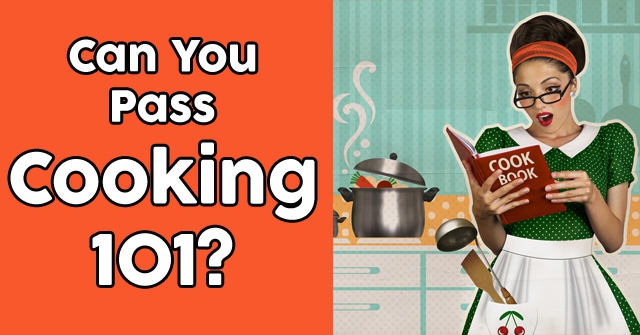
Question 1/12
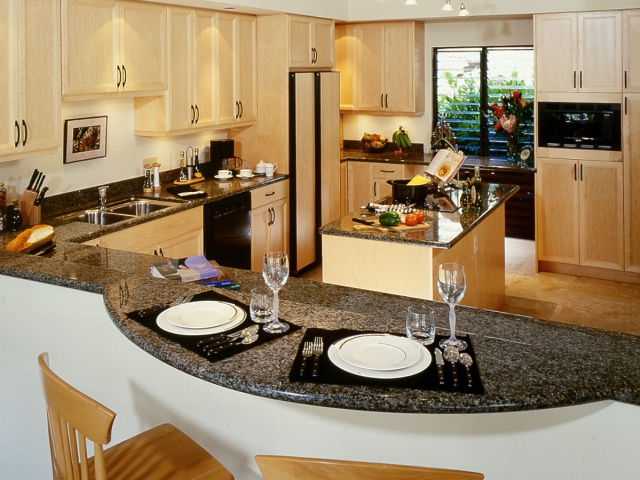
homesdir.net
Before we get started on our cooking, safety must come first. What are the 4 basic guidelines to safe cooking?
clean, cut, cook, chill
plan, prepare, portion, process
clean, separate, cook, chill
Question 2/12
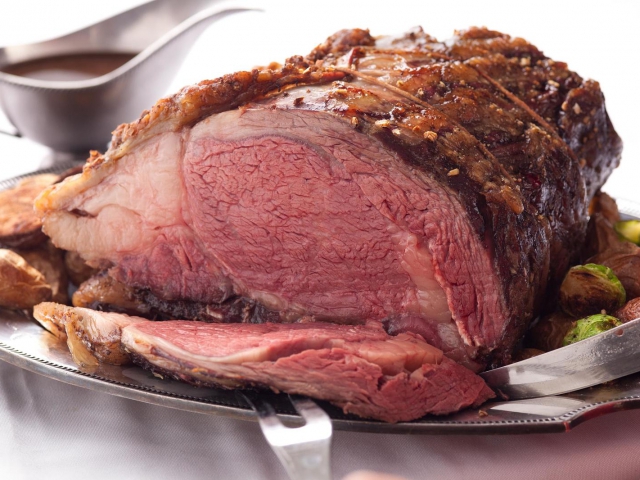
chow.com
You are planning on cooking a beautiful roast, but the recipe says that it is "Au Jus". What does that mean?
Cooked with a marinade
Dry cooked
Meat is served in its own juice
Question 3/12
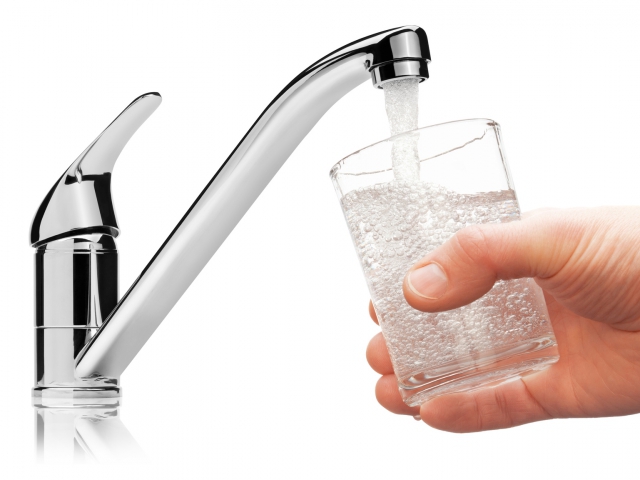
distilledwaterassociation.org
Quick, you need to do some math. Your recipe is calling for 2 pints of water but you only have cups to measure with. How many cups do you need?
1
4
8
Question 4/12
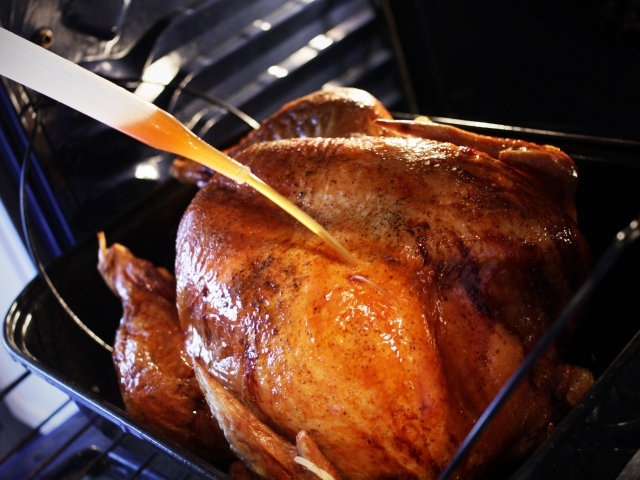
500px.org
What is the purpose of basting meat while it cooks?
Keep it Moist
Add Flavor
Both
Question 5/12
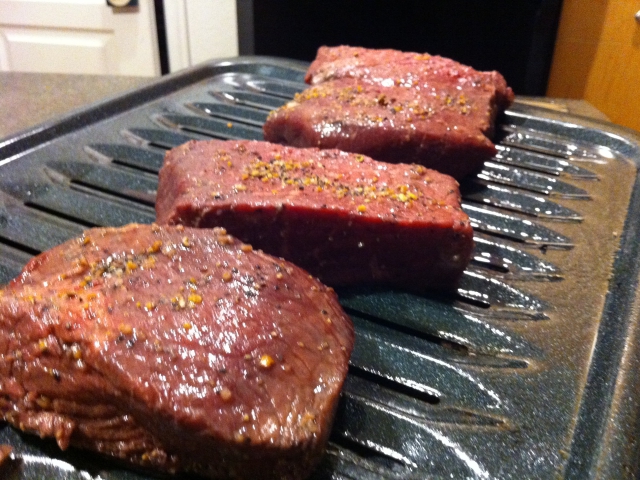
nutritionfor.us
Which of the following is NOT a dry heat method for cooking?
Roasting
Deep-frying
Broiling
They Are All Dry Heat
Question 6/12
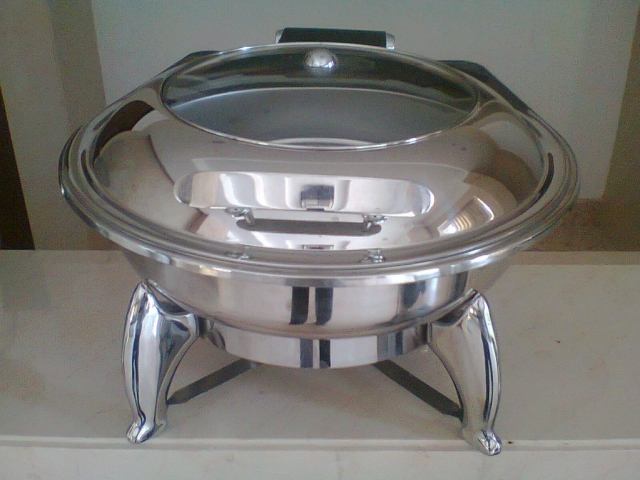
lotushotelwares.com
What is a chafing dish?
A dish used to store food scraps made during preparations.
A dish used to keep food warm when being served.
A dish used to scald meat.
Question 7/12
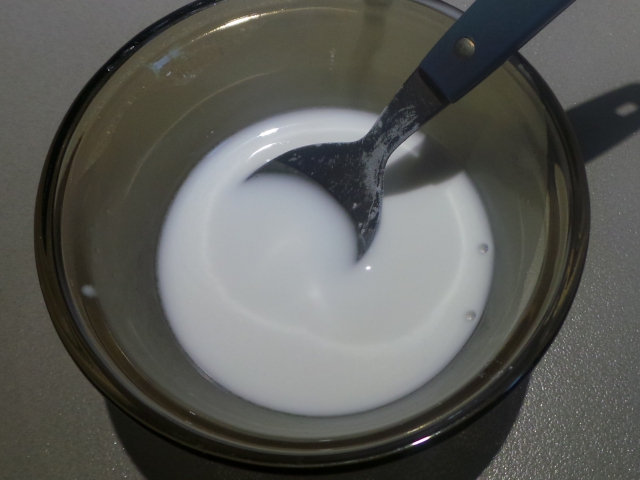
wordpress.com
Another strange term has come up in your recipe, it is asking for you to make a "slurry". What is a slurry?
a mixture of cornstarch and liquid
a mixture of baking soda and liquid
a mixture of flour and liquid
Question 8/12
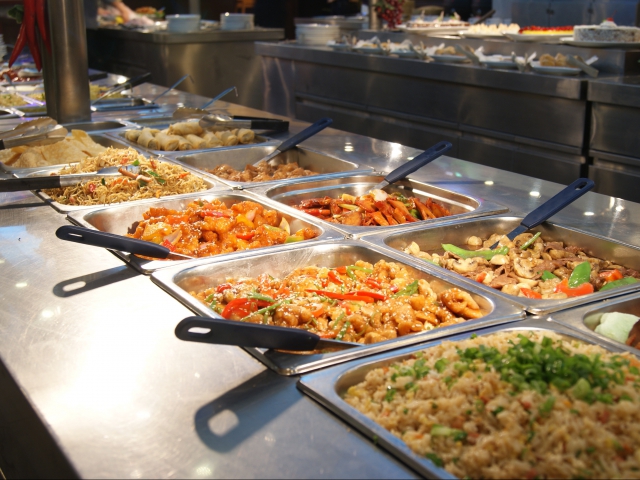
mpt-reisen.de
Okay, you have cooked yourself some food, but your guests aren't going to be available to eat it right away. What temperature do you have to keep your hot food at to ensure it stays safe?
160 °F (71°C) or warmer
140 °F (60°C) or warmer
120 °F ( 49°C) or warmer
Question 9/12
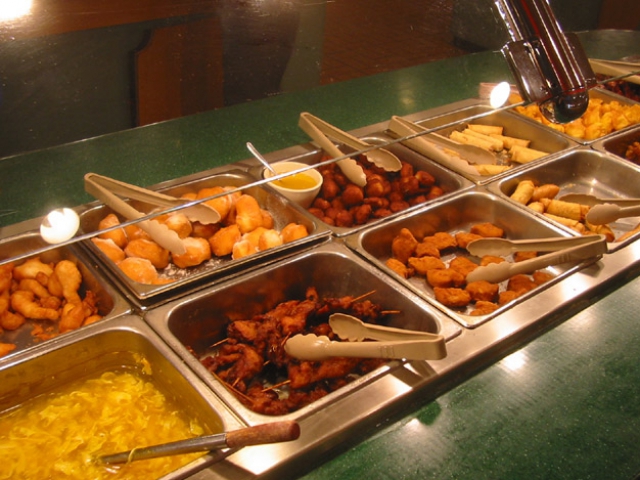
wikimedia.org
Oh no! One of your chafing dishes isn't working properly and it got too cool. How long can your food stay at room temperature before you have to throw it out?
1 hour
2 hours
4 hours
Question 10/12
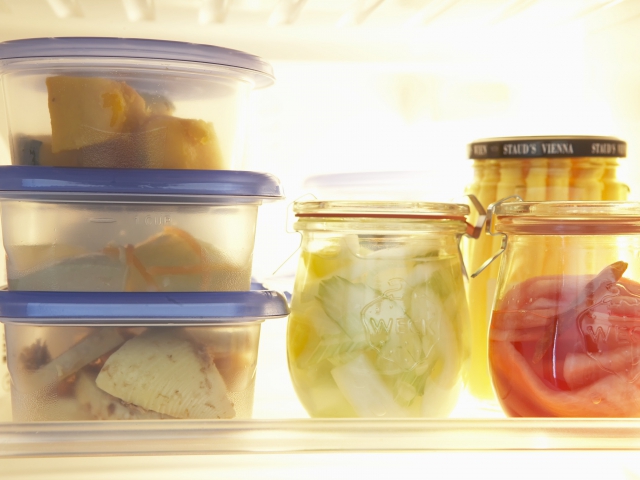
kitchendaily.com
Well, it looks like you had a few leftovers and you want to keep them safe in the fridge. What temperature do you need to store food at to keep it safe for later?
40 °F (4°C) or below
50 °F (10°C) or below
60 °F (16°C) or below
Question 11/12
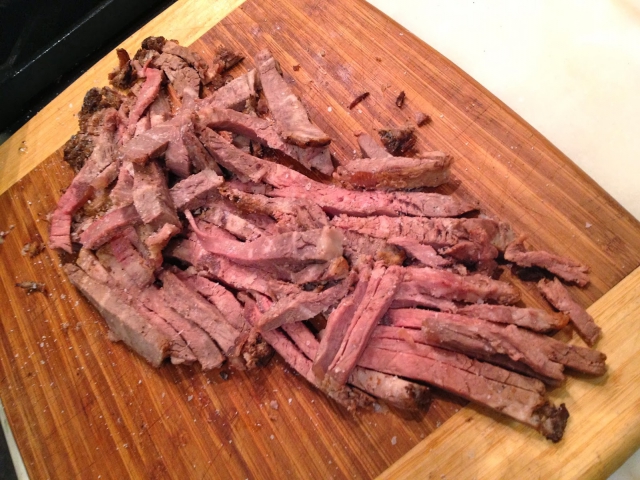
blogspot.com
If we were going to keep our beautiful beef roast in the fridge, how long can it safely stay there, assuming it is kept at 40 °F or below and stored properly?
1 - 2 days
2 - 4 days
3 - 5 days
Question 12/12
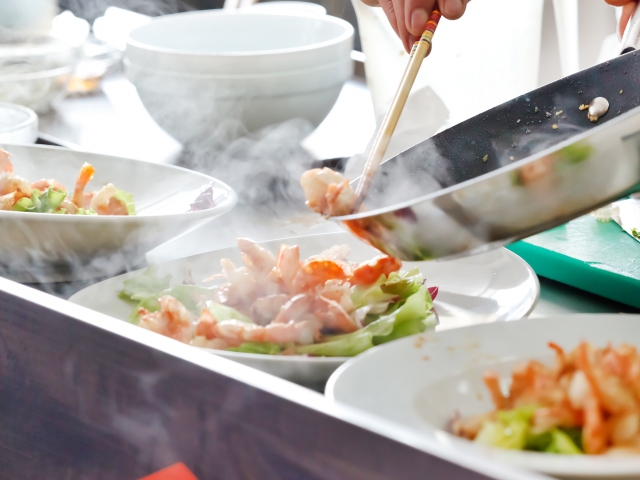
culinaryservicesgroup.com
Which type of food born bacteria is the most common cause of foodborne-related hospitalizations and deaths; which can normally be prevented by ensuring food is properly cooked and washed prior to consuming?
E. coli
Staphylococcus aureus
Salmonella
Warning, warning! You had trouble answering most, if not all of the questions in this quiz. You are not very comfortable with preparing food and you are not aware of proper food handling techniques. You should not work in a kitchen unsupervised and it would be good for you to take a food safety course.
C+, Dangerous Cook
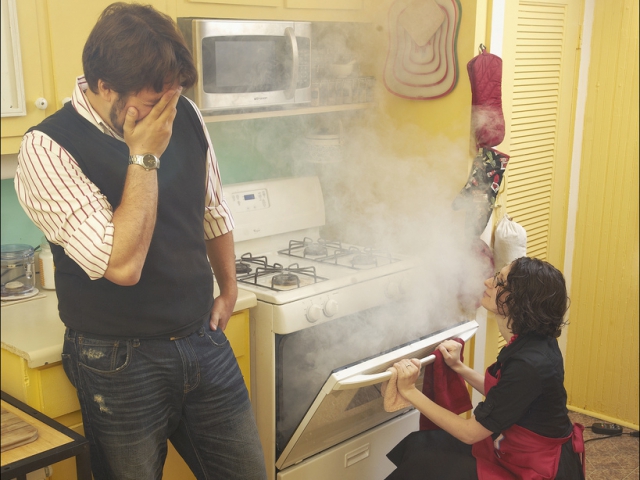
staticflickr.com
Right!
Not bad. You managed to answer several questions correctly. You are able to work your way around a kitchen, but you don't always know all of the details about cooking some foods and sometimes you might bend what is safe in food preparation. You are a pretty average cook.
B+, Average Cook
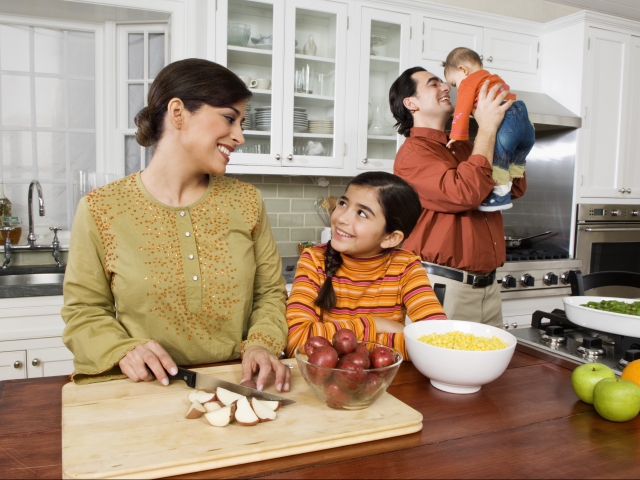
atlantahomedesigners.com
Right!
Great job! You managed to answer most, if not all of the questions correctly. You not only know the basics of food cooking, but you also are aware of the importance of safety in the kitchen. You are capable and competent at cooking and safe in the kitchen.
A+, Competent Cook
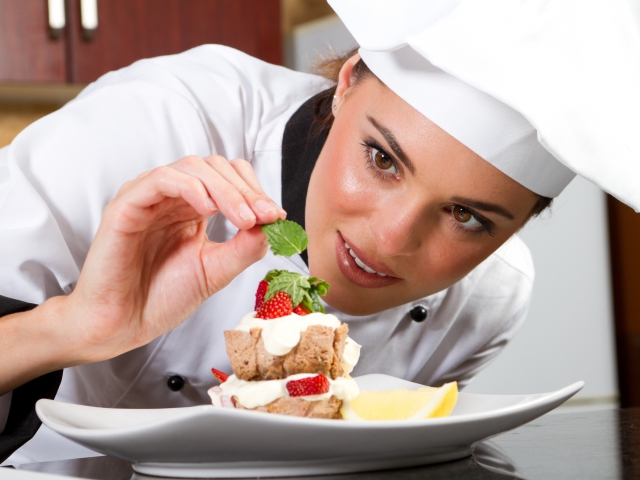
pugliamuchmore.com
Right!
1

Before we get started on our cooking, safety must come first. What are the 4 basic guidelines to safe cooking?
clean, cut, cook, chill
plan, prepare, portion, process
clean, separate, cook, chill
2

You are planning on cooking a beautiful roast, but the recipe says that it is "Au Jus". What does that mean?
Cooked with a marinade
Dry cooked
Meat is served in its own juice
3

Quick, you need to do some math. Your recipe is calling for 2 pints of water but you only have cups to measure with. How many cups do you need?
1
4
8
4

What is the purpose of basting meat while it cooks?
Keep it Moist
Add Flavor
Both
5

Which of the following is NOT a dry heat method for cooking?
Roasting
Deep-frying
Broiling
They Are All Dry Heat
6

What is a chafing dish?
A dish used to store food scraps made during preparations.
A dish used to keep food warm when being served.
A dish used to scald meat.
7

Another strange term has come up in your recipe, it is asking for you to make a "slurry". What is a slurry?
a mixture of cornstarch and liquid
a mixture of baking soda and liquid
a mixture of flour and liquid
8

Okay, you have cooked yourself some food, but your guests aren't going to be available to eat it right away. What temperature do you have to keep your hot food at to ensure it stays safe?
160 °F (71°C) or warmer
140 °F (60°C) or warmer
120 °F ( 49°C) or warmer
9

Oh no! One of your chafing dishes isn't working properly and it got too cool. How long can your food stay at room temperature before you have to throw it out?
1 hour
2 hours
4 hours
10

Well, it looks like you had a few leftovers and you want to keep them safe in the fridge. What temperature do you need to store food at to keep it safe for later?
40 °F (4°C) or below
50 °F (10°C) or below
60 °F (16°C) or below
11

If we were going to keep our beautiful beef roast in the fridge, how long can it safely stay there, assuming it is kept at 40 °F or below and stored properly?
1 - 2 days
2 - 4 days
3 - 5 days
12

Which type of food born bacteria is the most common cause of foodborne-related hospitalizations and deaths; which can normally be prevented by ensuring food is properly cooked and washed prior to consuming?
E. coli
Staphylococcus aureus
Salmonella





